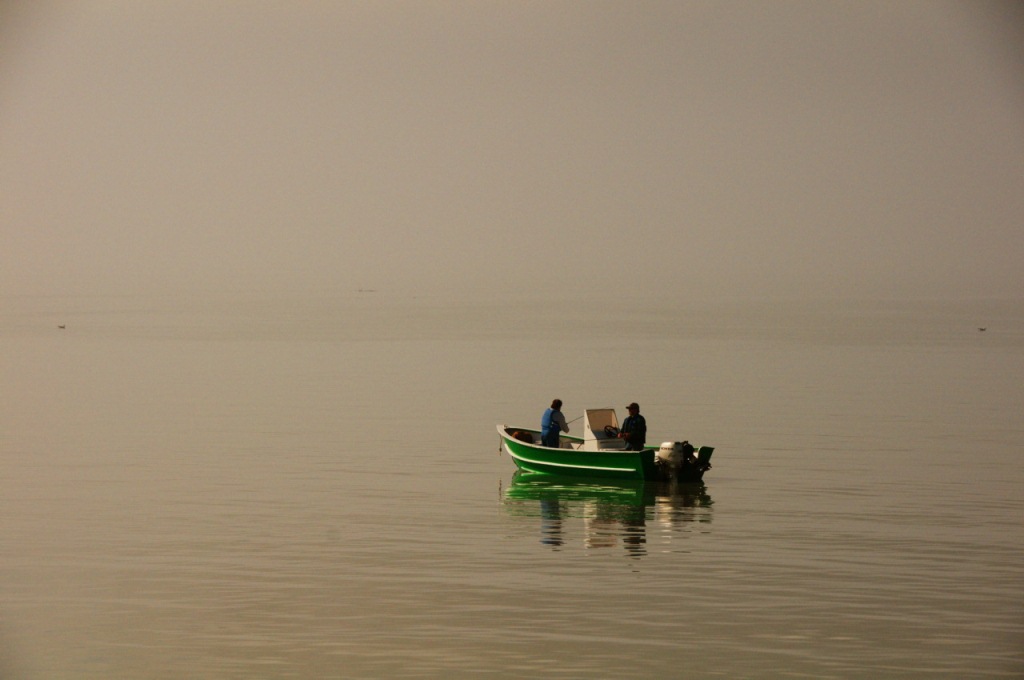What To Do If You Find Yourself Offshore In The Fog
If you spend much time fishing offshore, you may eventually find yourself in a situation where visibility is limited. Most likely you will find yourself trapped in the fog. But don’t panic. There are ways to stay safe on your boat and get back to port safely.
The first thing you want to do is slow down your speed so that you can stop your vessel in half of the distance of your visibility. This will allow you to avoid any ships, buoys, or rocks and debris. You will also want to turn on your navigation lights, so that other vessels can tell which direction you are heading.
Now would be a good time to check your position on your GPS, and to also check your depth indicator. You will want to check these frequently to be sure you know your location in the case of an emergency. If you choose to, you may want to drop anchor and wait out the fog. Be sure to also dial your VHF so that you can monitor the Coast Guard broadcast channels for any instructions and warnings for your area. In the case of an emergency, the Coast Guard may instruct you to drop anchor and wait out the storm if you are in shallow enough water and have not already.
Next you will want to sound off the appropriate signal via horn or bell, based on your situation and type of vessel you are on.
- Non Sail Boats (motored) and moving – Sound off one long blast every two minutes
- Non Sail Boats (motored) and stationary – Sound off two long blasts every two minutes and one second interval between them.
- Sailing Boats or boats with restricted movement (fishing or towing vessel) – Sound off one long blast and then two short ones every two minutes. If using a bell while anchored, be sure that you sound off your bell for 5 seconds in interval no more than one minute.
If you are not alone, be sure to set up lookouts on the bow and the stern. Be sure to also swap your lookouts to keep them keen. You may also want to shift your engine to idle or shut off your engines from time to time, to be able to hear any sound offs that may be close to you. Sound transmits differently in fog and it may be hard to verify if any warning sounds are close or not. Be sure to listen for more intervals and not jump to any conclusions.
It is important to know your light signals. If you look towards port and bow and you see the green and white lights of a vessel in front of you, you will know that the ship is heading away from that location. If you see white and red lights, you should be aware that this ship will be possibly crossing your path. If you look straight ahead and see only a single white light you will know the vessel if in front of you moving in the same direction. In the case that you see red, green, and white, you should know that the ship ahead is heading towards you.
Knowing these few tips can greatly increase your chances of returning home safely and unscathed.
Article provided by www.perfprotech.com



